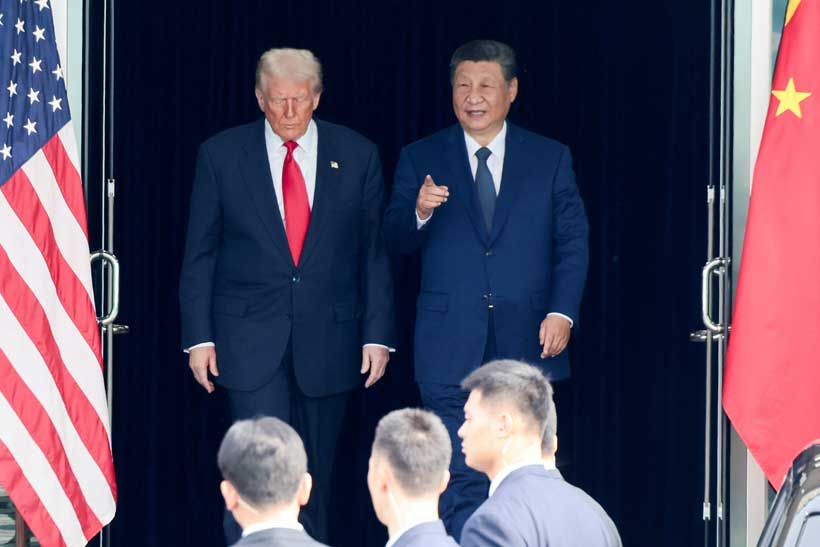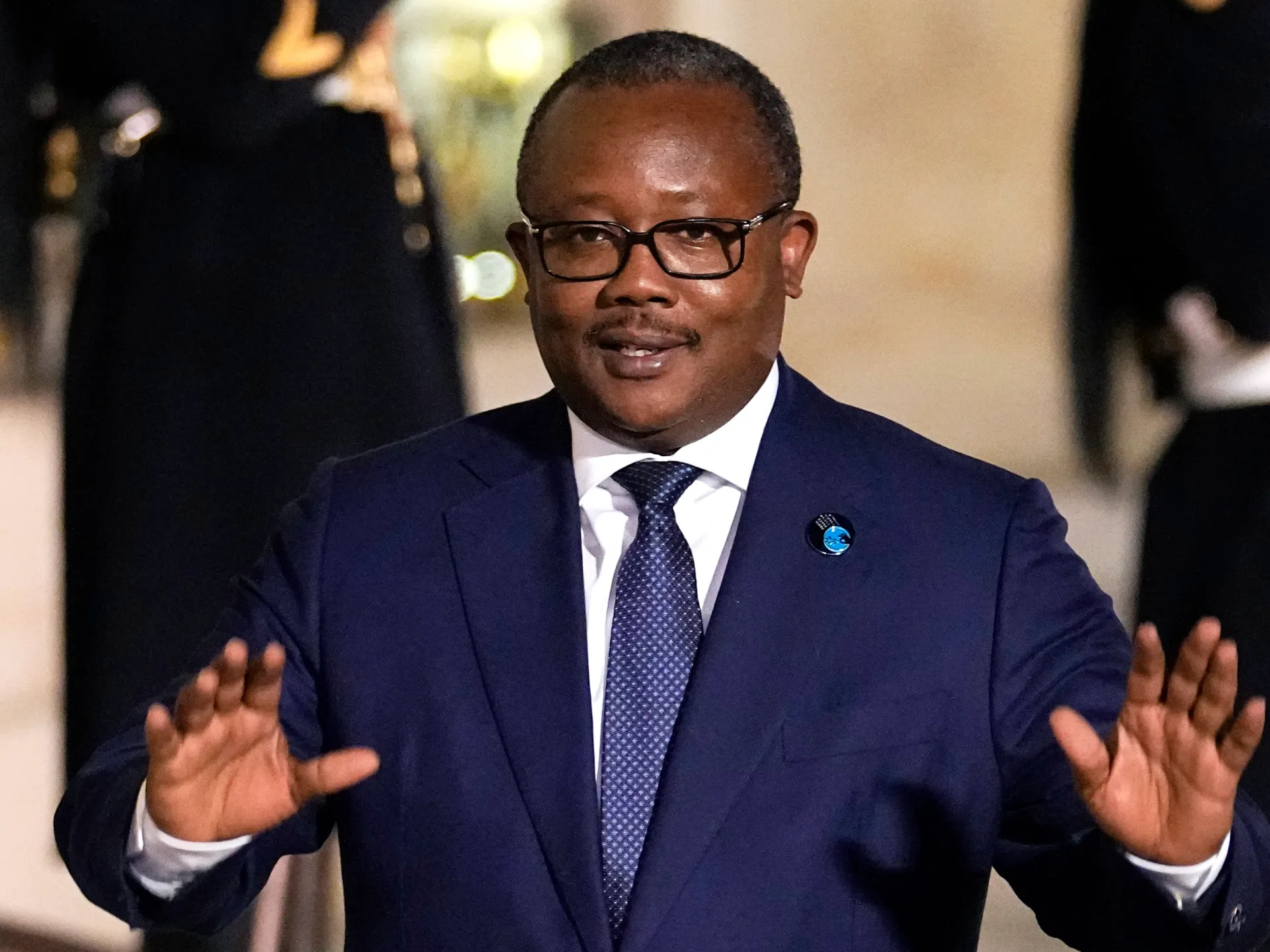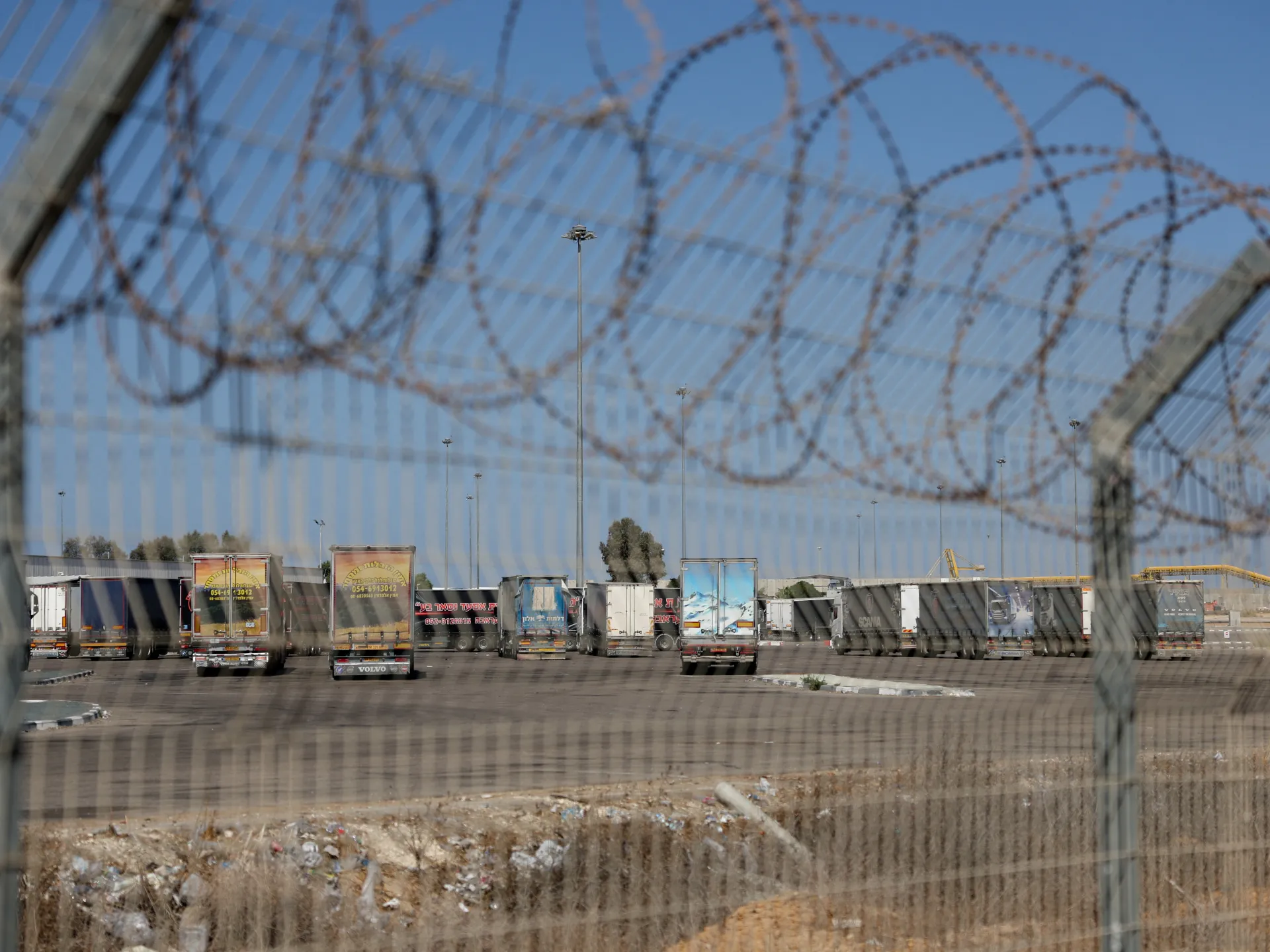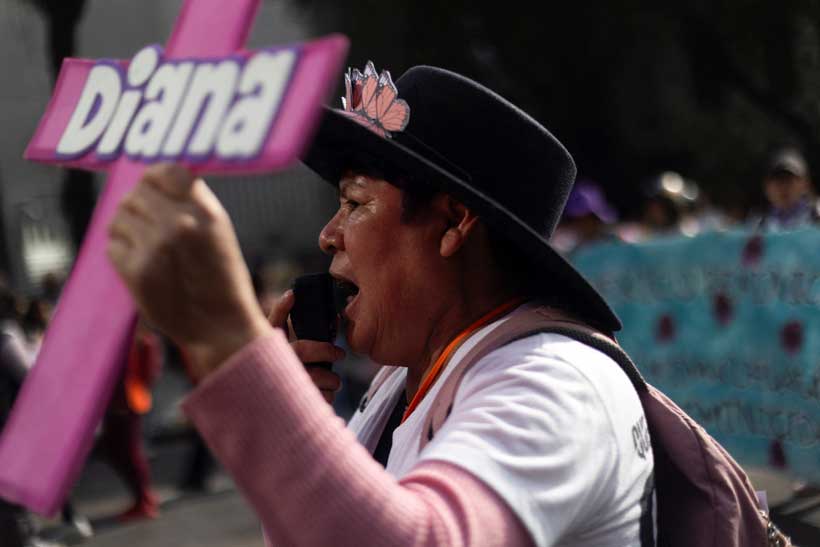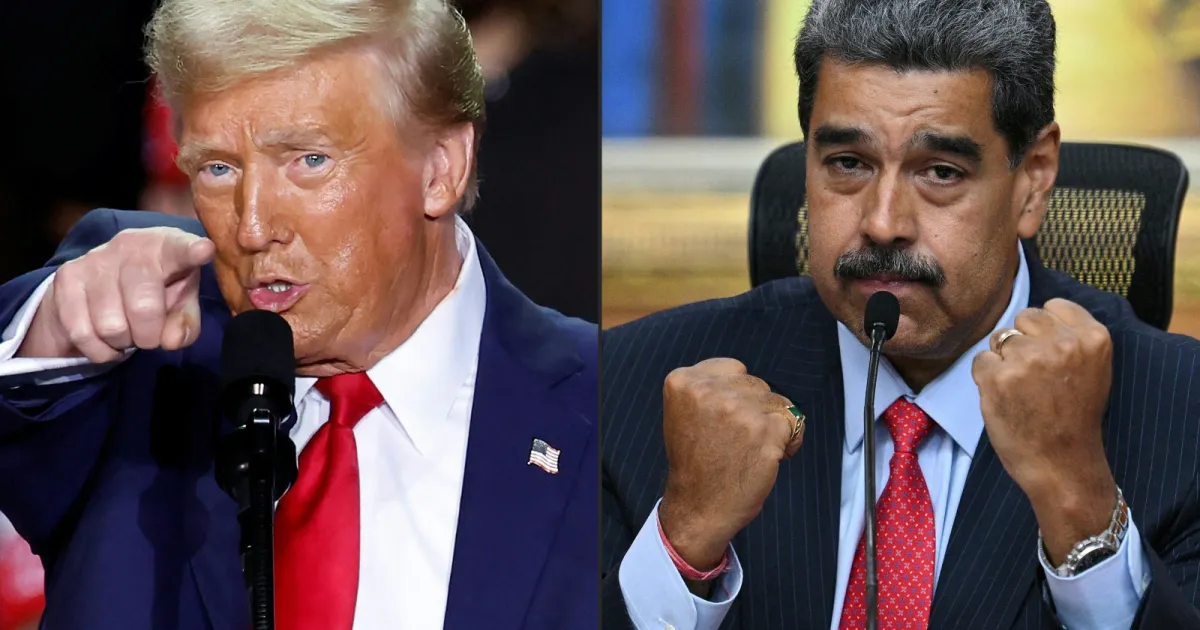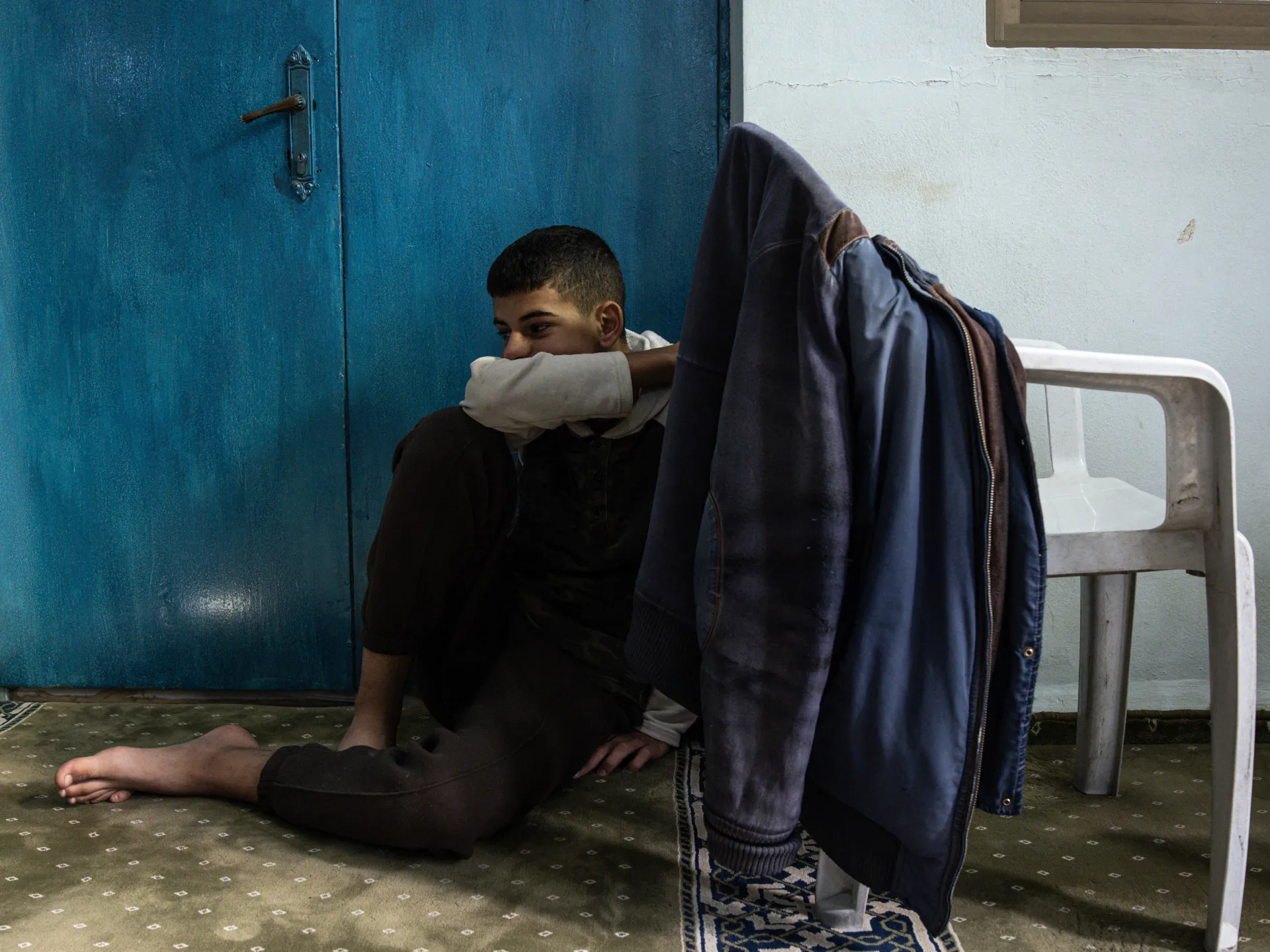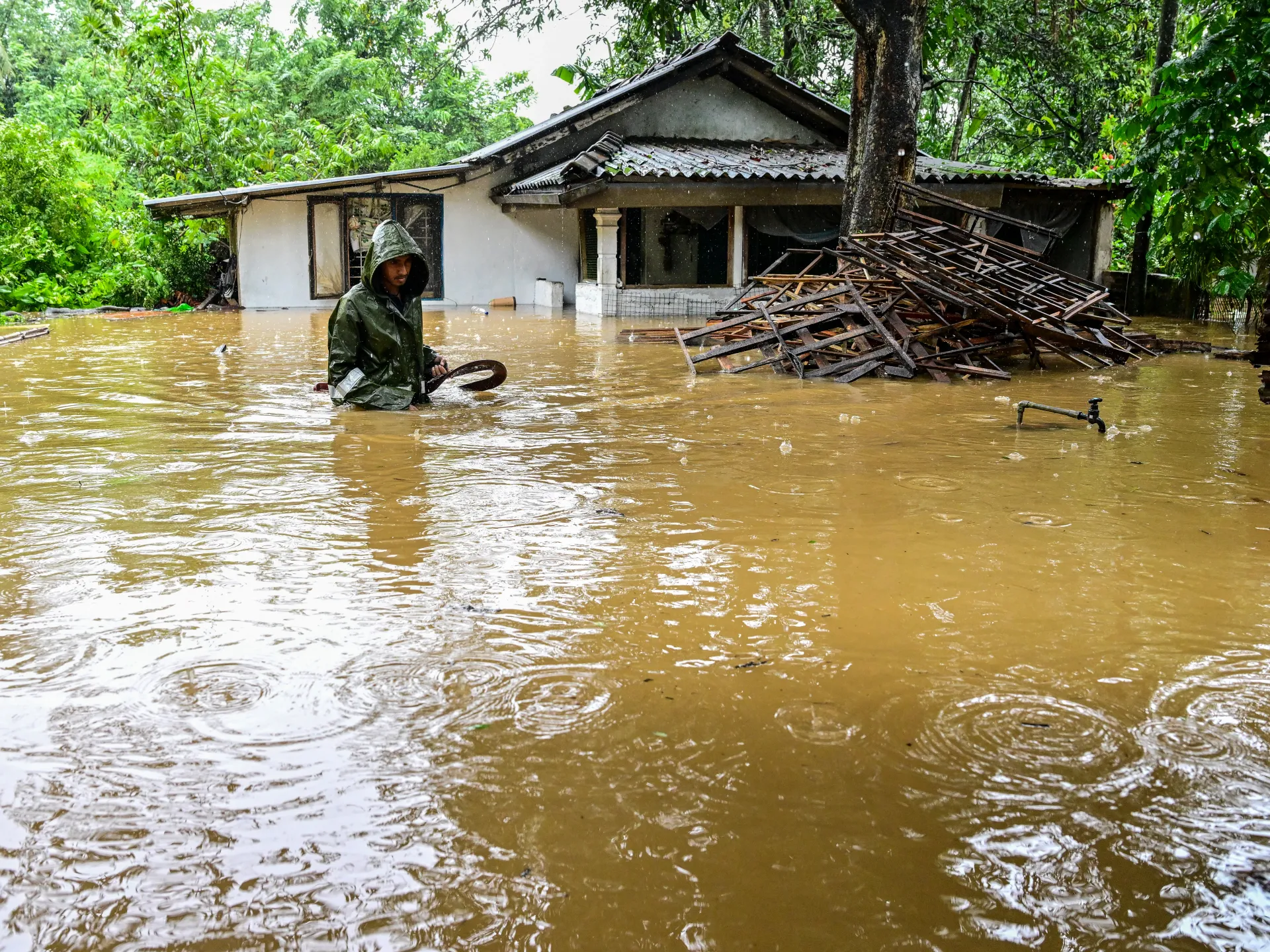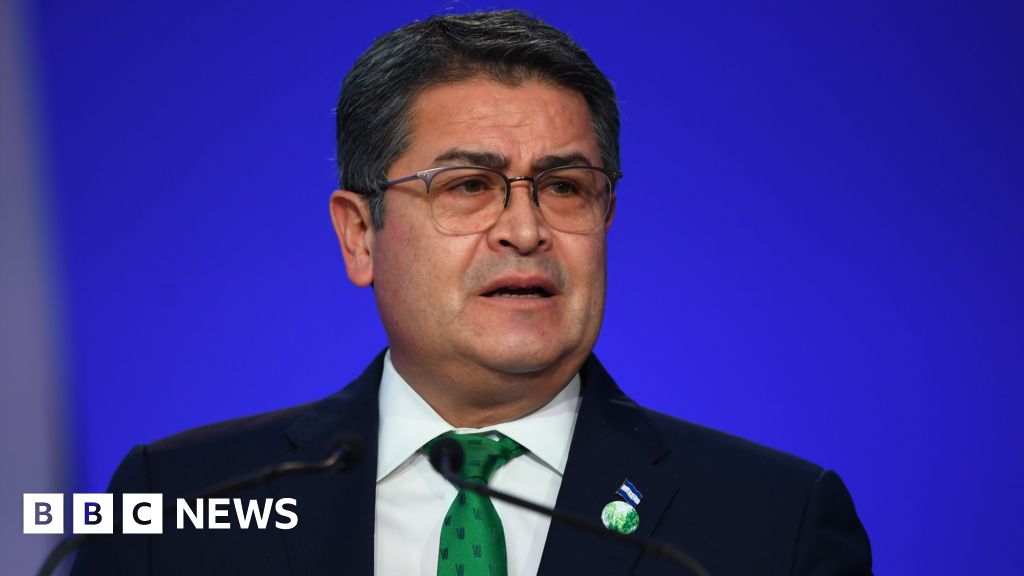China-Taiwan-Japan Dynamics Puts Pressure on Trump’s G2 Gambit
Amid heightened Japan-China tensions, US President Donald Trump spoke by telephone with Chinese President Xi Jinping. While Trump termed it a positive development, stating he would visit China in April 2026, China claimed that it categorically made it clear that “Taiwan’s return to China was an ‘integral part of the postwar international order.” While it has been reported that Trump requested a phone call with Japanese Prime Minister Sanae Takaichi, the details of the conversation between the two haven’t been made public yet.
Trump’s claim of “extremely strong” US-China relations has once again seized global attention. Earlier, last month, just ahead of his highly anticipated meeting with Chinese President Xi Jinping in Busan, South Korea, Trump boldly announced on Truth Social, “THE G2 WILL BE CONVENING SHORTLY!”
Unsurprisingly, the statement sparked widespread discussion, directly invoking China and seemingly reviving the long-dormant G2 concept, an idea previously floated by former President Barack Obama.
This apparent attempt to resurrect the “G2” notion, which envisions shared global leadership between the US and China, marks a notable rhetorical shift and is surprising given that Trump has been hawkish on China even during his first term as the president. By invoking it, Washington has brought back a concept dismissed as a faulty trade-off, given the persistent and often adversarial nature of US-China relations. Media analyses suggest that this move reflects a growing recognition within the US of China’s rising power and an uneasy acknowledgement of its near-equal status on the world stage. The renewed attention signals an implicit acceptance within American policy circles of China’s expanding international influence and the shifting balance of global power.
For China, however, the idea holds little appeal. First, China continues to present itself as a developing country, aspiring to lead the Global South and, eventually, to achieve broader global influence. Unlike the West, China sees strategic value in retaining the support of developing nations to bolster its legitimacy. While it aims to surpass the US militarily, economically, and technologically, it is unlikely to embrace a bilateral framework implying formalized co-governance of the world. Second, the ideological, strategic, and global ambitions gap between China and the US remains vast, limiting the feasibility of any institutionalized G2 arrangement. Third, if such a framework were ever to exist, it would likely involve broader coalitions of nations with differing ideologies, capacities, and priorities, rather than a US-China duopoly. In this light, the G2 concept appears even less plausible for China in 2025 than it did in the 2000s.
While much commentary has focused on how this discourse may be interpreted in China, the implications extend far beyond the bilateral relationship. Washington’s allies and partners across the Indo-Pacific are closely observing these developments. For many in the region, stability in US-China relations is desirable, as it would help mitigate the risks of confrontation, economic disruption, regional instability, and global upheavals. Yet Trump’s rhetoric has also generated unease among America’s regional partners regarding Washington’s long-term strategic intentions.
Concerns are growing that a return to the G2 framework could signal a weakening of US commitment to the Indo-Pacific, particularly in terms of security and regional order. While sustained engagement with China is widely accepted as necessary, framing the relationship as one of shared global governance may alarm America’s allies and partners, especially the Quad countries, the Philippines, and Taiwan. For these countries, any suggestion of a US-China condominium raises doubts about the credibility of the US’s status as a security guarantor and its assurances of collective defense and regional stability.
From the US perspective, reviving the G2 discourse may appear advantageous to smooth the way for a rare earth materials deal with China or to ease bilateral tensions. But fundamental differences and rivalry cannot be erased: China’s ultimate goal is to overtake the US. In all likelihood, China will view G2 rhetoric skeptically, interpreting it as a sign of US weakness and declining influence in the Indo-Pacific.
The Xi-Trump phone call and China’s reiteration of the Taiwan claim put pressure on Trump’s G2 plan. How Trump would manage ties with Japan and Taiwan while building relations with China is an issue worthy of international attention.
Trump’s episodic and erratic approach to China and the region risks eroding the trust the US has painstakingly built with its partners. There is little chance that countries such as India, Japan, or the Philippines would accept a bipolar world dominated solely by the US and China. Rather than serving as a stabilizer, the G2 concept is more likely to be seen as an attempt to divide the world into two poles once again, or worse, as a signal that the US is content with a bipolar world rather than a genuinely multipolar order.
Even if the G2 never materializes, the rhetoric has already strengthened China’s position while placing the US in a strategic bind. In effect, it is a win-win for China but a lose-lose for America. There are limitations to America First not only for the region but also for America itself and its foreign policy. The Trump administration’s path would do well to seriously consider the perspectives of its allies and partners, rather than advancing a strategy that ultimately benefits China.
